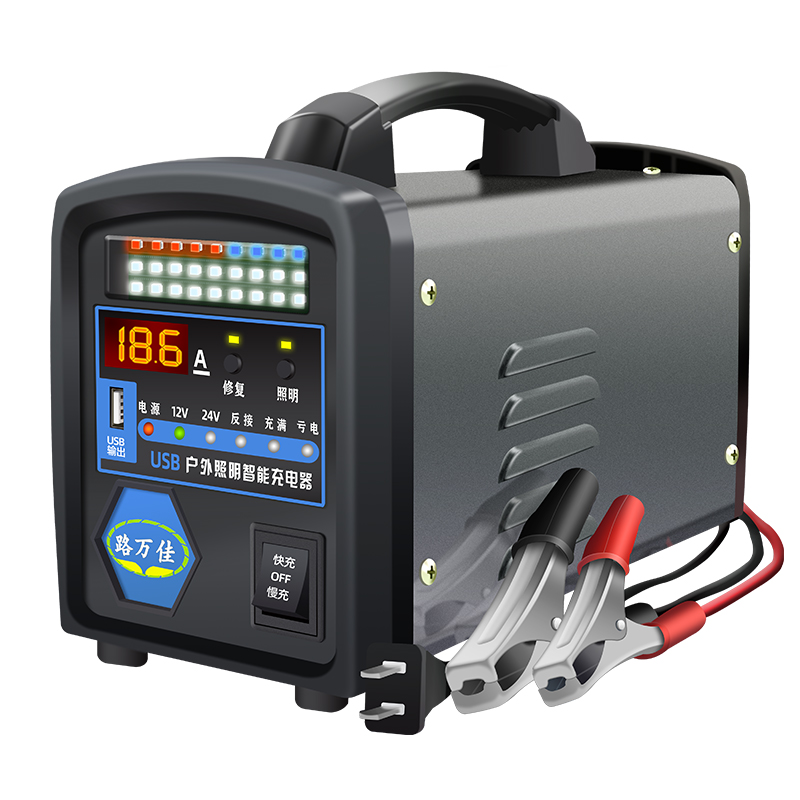Chronology of North Korean missile development
2024-06-01 17:04:17 点击:625
Late 1970s: North Korea starts working on a version of the Soviet Scud-B (range 300 kilometers or 185 miles). Test-fired in 1984.
1987-92: Begins developing variant of Scud-C (range 500 km), Rodong-1 (1,300 km), Taepodong-1 (2,500 km), Musudan-1 (3,000 km) and Taepodong-2 (6,700 km).
Aug 1998: Test-fires Taepodong-1 rocket over Japan in what it calls a satellite launch -- the US and others say it is a missile test.
Sept 1999: Declares moratorium on long-range missile tests amid improving ties with US.
July 12, 2000: Fifth round of US-North Korean missile talks in Kuala Lumpur ends without agreement after North demands $1 billion a year in return for halting missile exports.
March 3, 2005: Pyongyang ends moratorium on long-range missile testing, blames Bush administration's "hostile" policy.
July 5, 2006: Test-fires seven missiles, including a long-range Taepodong-2 which explodes after 40 seconds.
Oct 9, 2006: Conducts underground nuclear test, its first.
April 5, 2009: Launches long-range rocket which flies over Japan and lands in the Pacific, in what it says is an attempt to put a satellite into orbit. The United States, Japan and South Korea see it as a disguised test of a Taepodong-2.
May 25, 2009: Conducts its second underground nuclear test, several times more powerful than the first.
April 13, 2012: Launches what it has said is a long-range rocket to put a satellite into orbit, but which disintegrates soon after blast-off.
December 12, 2012: Launches a multi-stage rocket and successfully places an Earth observational satellite in orbit.
February 12, 2013: Conducts its third underground nuclear test.
 N. Korea claims successful H-bomb test for ICBM 2017-09-03 17:17 | North Korea
N. Korea claims successful H-bomb test for ICBM 2017-09-03 17:17 | North Korea .jpg/dims/resize/84/optimize) North Korea claims successful test of H-bomb warhead for ICBM 2017-09-03 14:33 | North Korea
North Korea claims successful test of H-bomb warhead for ICBM 2017-09-03 14:33 | North Korea
January 6, 2016: Conducts its fourth underground nuclear test, which it says was a hydrogen bomb -- a claim doubted by most experts.
March 9, 2016: Kim Jong-Un claims the North has successfully miniaturised a thermo-nuclear warhead.
April 23, 2016: Pyongyang test-fires a submarine-launched ballistic missile.
July 8, 2016: US and South Korea announce plans to deploy an advanced missile defense system -- THAAD (Terminal High Altitude Area Defense).
August 3, 2016: North Korea fires a ballistic missile directly into Japan's maritime economic zone for the first time.
September 9, 2016: Conducts fifth nuclear test, its most powerful to date.
March 6, 2017: Fires four ballistic missiles in what it says is an exercise to hit US bases in Japan.
March 7, 2017: US begins deploying THAAD missile defense system in South Korea.
May 14, 2017: North Korea fires a ballistic missile which flies 700 kilometers before landing in the Sea of Japan. Analysts say it has an imputed range of 4,500 kilometers and brings Guam within reach.
July 4, 2017: Test-fires a ballistic missile that analysts say brings Alaska within reach. Pyongyang later says it was a "landmark" test of a Hwasong-14 intercontinental ballistic missile (ICBM).
July 28, 2017: Launches an ICBM with a theoretical range of 10,000 kilometres, meaning it could hit much of the United States.
August 26, 2017: Fires three short-range ballistic missiles.
August 29, 2017: Fires ballistic missile over Japan and into the Pacific, acknowledging for the first time that it has done so. South Korea says it flew around 2,700 kilometres at a maximum altitude of about 550 kilometres.
September 3, 2017: North Korea appears to carry out sixth nuclear test, with seismic monitors measuring an "explosion" of 6.3 magnitude near its main test site. Japan's government confirms a nuclear test has been carried out.
The apparent test comes hours after Pyongyang state media shows leader Kim Jong-Un inspecting what it professes to be an H-bomb that can be loaded onto an ICBM. The claims have not been confirmed. (AFP)
1987-92: Begins developing variant of Scud-C (range 500 km), Rodong-1 (1,300 km), Taepodong-1 (2,500 km), Musudan-1 (3,000 km) and Taepodong-2 (6,700 km).
Aug 1998: Test-fires Taepodong-1 rocket over Japan in what it calls a satellite launch -- the US and others say it is a missile test.
Sept 1999: Declares moratorium on long-range missile tests amid improving ties with US.
July 12, 2000: Fifth round of US-North Korean missile talks in Kuala Lumpur ends without agreement after North demands $1 billion a year in return for halting missile exports.
March 3, 2005: Pyongyang ends moratorium on long-range missile testing, blames Bush administration's "hostile" policy.
July 5, 2006: Test-fires seven missiles, including a long-range Taepodong-2 which explodes after 40 seconds.
Oct 9, 2006: Conducts underground nuclear test, its first.
April 5, 2009: Launches long-range rocket which flies over Japan and lands in the Pacific, in what it says is an attempt to put a satellite into orbit. The United States, Japan and South Korea see it as a disguised test of a Taepodong-2.
May 25, 2009: Conducts its second underground nuclear test, several times more powerful than the first.
April 13, 2012: Launches what it has said is a long-range rocket to put a satellite into orbit, but which disintegrates soon after blast-off.
December 12, 2012: Launches a multi-stage rocket and successfully places an Earth observational satellite in orbit.
February 12, 2013: Conducts its third underground nuclear test.
 N. Korea claims successful H-bomb test for ICBM 2017-09-03 17:17 | North Korea
N. Korea claims successful H-bomb test for ICBM 2017-09-03 17:17 | North Korea .jpg/dims/resize/84/optimize) North Korea claims successful test of H-bomb warhead for ICBM 2017-09-03 14:33 | North Korea
North Korea claims successful test of H-bomb warhead for ICBM 2017-09-03 14:33 | North Korea January 6, 2016: Conducts its fourth underground nuclear test, which it says was a hydrogen bomb -- a claim doubted by most experts.
March 9, 2016: Kim Jong-Un claims the North has successfully miniaturised a thermo-nuclear warhead.
April 23, 2016: Pyongyang test-fires a submarine-launched ballistic missile.
July 8, 2016: US and South Korea announce plans to deploy an advanced missile defense system -- THAAD (Terminal High Altitude Area Defense).
August 3, 2016: North Korea fires a ballistic missile directly into Japan's maritime economic zone for the first time.
September 9, 2016: Conducts fifth nuclear test, its most powerful to date.
March 6, 2017: Fires four ballistic missiles in what it says is an exercise to hit US bases in Japan.
March 7, 2017: US begins deploying THAAD missile defense system in South Korea.
May 14, 2017: North Korea fires a ballistic missile which flies 700 kilometers before landing in the Sea of Japan. Analysts say it has an imputed range of 4,500 kilometers and brings Guam within reach.
July 4, 2017: Test-fires a ballistic missile that analysts say brings Alaska within reach. Pyongyang later says it was a "landmark" test of a Hwasong-14 intercontinental ballistic missile (ICBM).
July 28, 2017: Launches an ICBM with a theoretical range of 10,000 kilometres, meaning it could hit much of the United States.
August 26, 2017: Fires three short-range ballistic missiles.
August 29, 2017: Fires ballistic missile over Japan and into the Pacific, acknowledging for the first time that it has done so. South Korea says it flew around 2,700 kilometres at a maximum altitude of about 550 kilometres.
September 3, 2017: North Korea appears to carry out sixth nuclear test, with seismic monitors measuring an "explosion" of 6.3 magnitude near its main test site. Japan's government confirms a nuclear test has been carried out.
The apparent test comes hours after Pyongyang state media shows leader Kim Jong-Un inspecting what it professes to be an H-bomb that can be loaded onto an ICBM. The claims have not been confirmed. (AFP)




